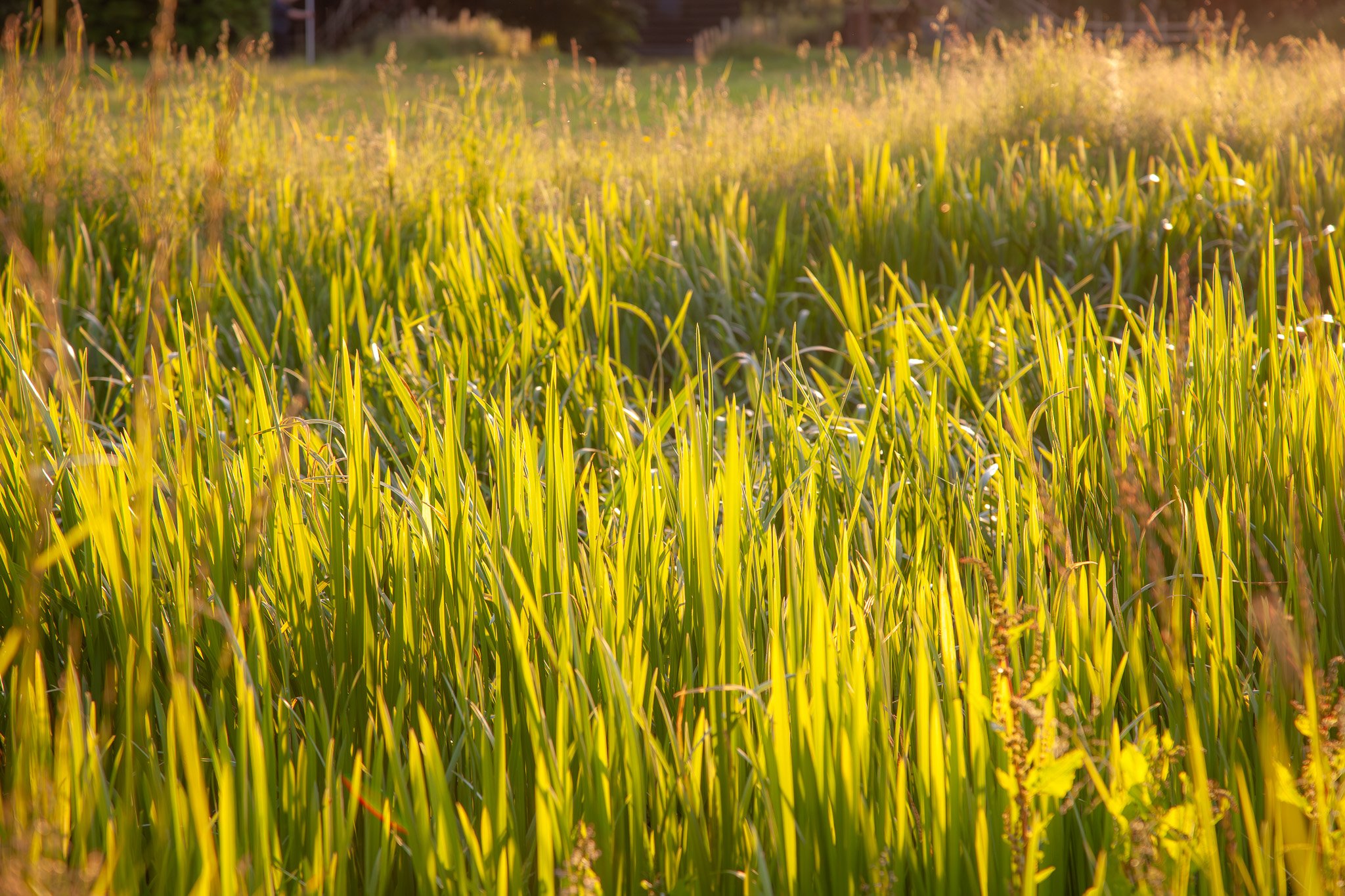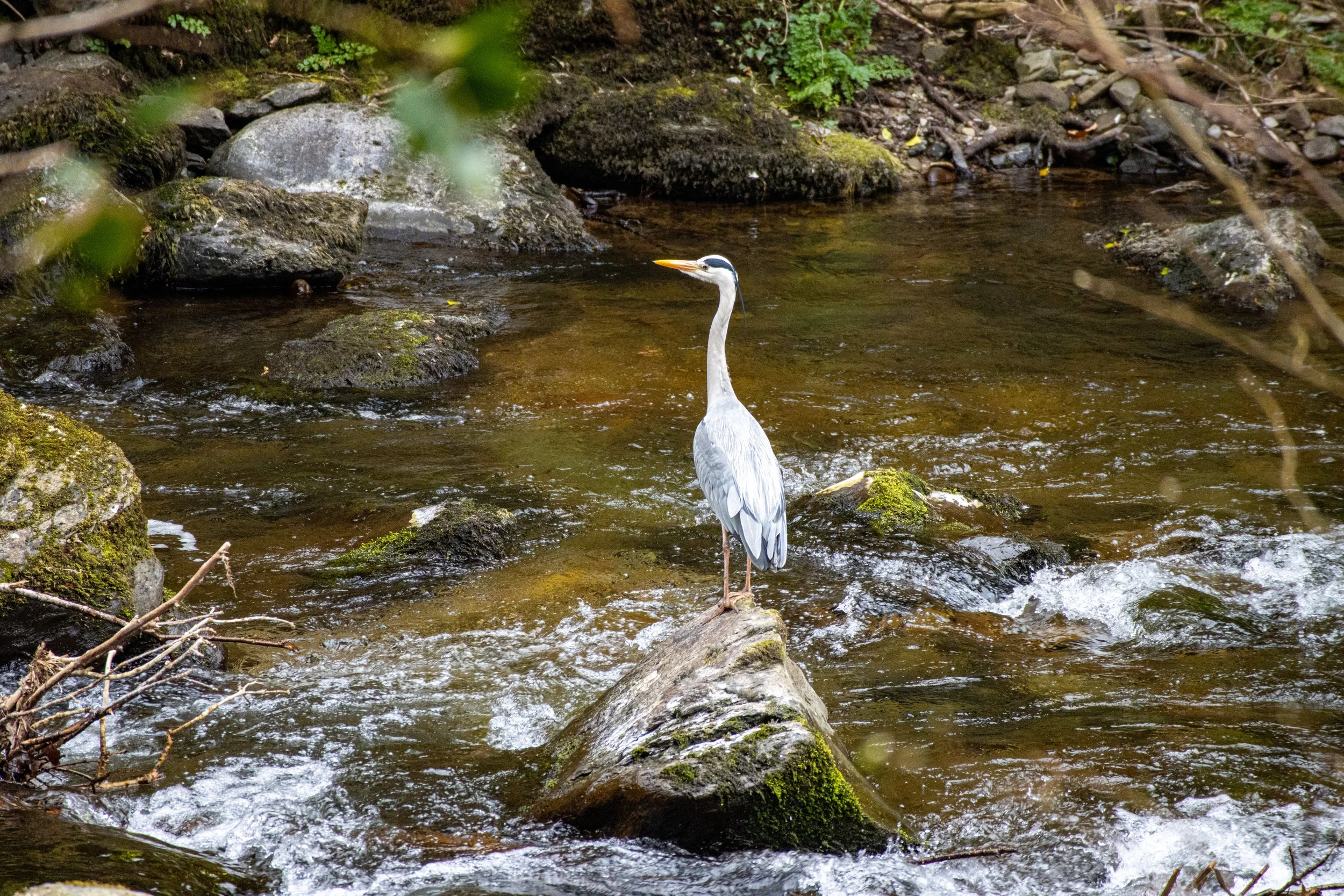
About Slow the Flow
Slow the Flow began with a simple question: what happens when water has nowhere to go?
Across towns and fields, through culverts and catchments, water is being hurried along, out of sight, out of mind, until it’s not. Then it’s in the headlines: flooded homes, polluted rivers, sewage in the sea.
This website was created to help change the story. It’s here to explain, in clear, honest language, how our water systems work, why they’re under pressure, and how slowing the flow can help.
We are not a campaign. We’re a growing community of people who care about the places we live, the rivers we love, and the systems we rely on, from farmers and engineers to planners, parents and paddlers.
We believe in sharing knowledge, unblocking jargon, and connecting the dots between fields, drains, homes and coastlines.
By slowing the flow, of sewage, of floodwater, of polluted runoff, we can give our rivers time to heal, our towns time to adapt, and our landscapes time to thrive.
Where water flows, we follow
Water touches every part of our lives, whether we see it or not. To slow the flow, we must look not just at the rivers, but at the land, the streets, and the soil it runs through. Slow the Flow is shaped around four everyday landscapes where slowing water down can make a real difference.
For each, this website will:
• explain what’s going wrong
• share ideas that are working
• spotlight local stories and people
• and offer actions we can take, from policy to planting, street to stream.
Rivers & Sewage
From loo to sea, it all connects.
This is the unseen world of pipes, pumping stations, and outfalls, where foul and stormwater meet, and too often spill. When it rains hard, or drains fast, the system backs up and the river pays the price.
We’ll unpack how sewage ends up in our watercourses, what’s being done to fix it, and how better design and what you can do to help bring our rivers back to life.
Streets & Storm Drains
Rain falls, drains fill, streets flood.
Our towns and cities are paved and piped to move water quickly, but climate change brings heavier downpours and overwhelmed gullies.
We’ll show how rethinking street design, adding green spaces, and using sustainable drainage can keep water where it falls, reduce pressure on pipes, and create cooler, greener places to live.
Fields & Forests
The high ground feeds the lowlands.
In rural landscapes, water should linger, soaking into soil, replenishing groundwater, nourishing roots. But with compacted fields, straightened ditches, and deforested slopes, runoff comes fast and dirty.
We’ll explore how farming practices, rewetting wetlands, restoring woodlands and managing flow across catchments can reduce erosion, store carbon, and keep rivers clean.
Homes & Gardens
The front line of flood and flow.
Our homes sit where water meets the everyday, at the edge of rivers, at the bottom of hills, at the end of the road where gullies overflow. In a changing climate, with storms hitting harder and drains often overwhelmed, households are increasingly facing the risk of water at the door.
But resilience can start on your doorstep. From flood-resistant doors and raised electrics to smart airbricks and waterproof finishes, property-level flood resilience (PFR) helps homes withstand and recover from flooding more quickly.
In gardens and shared spaces, simple interventions like water butts, permeable paving, and rain gardens can help slow the water down before it ever becomes a threat.
We’ll share practical advice and inspiring examples to help you prepare, adapt and protect, making spaces that are beautiful in the sun, and ready for the storm.
